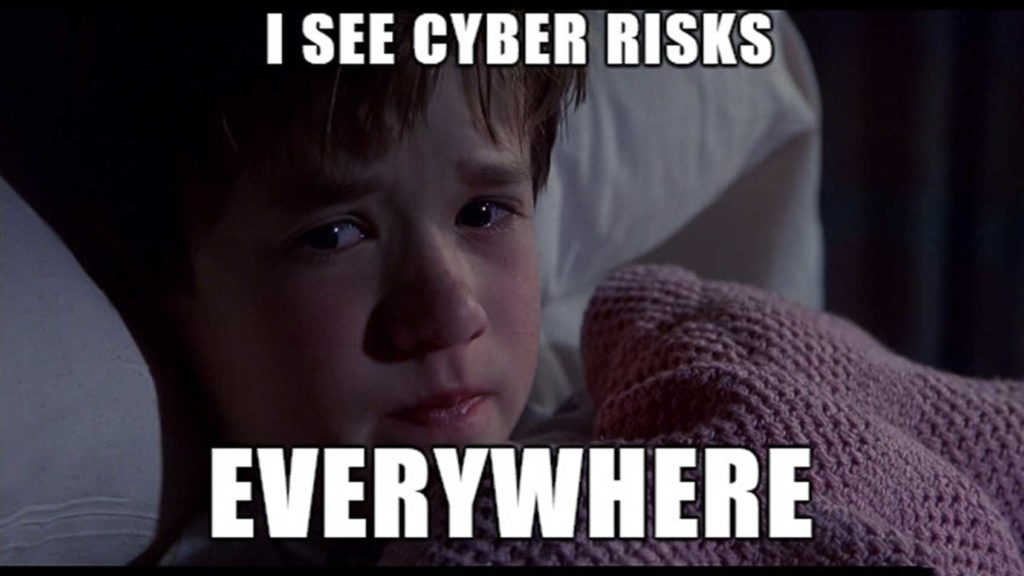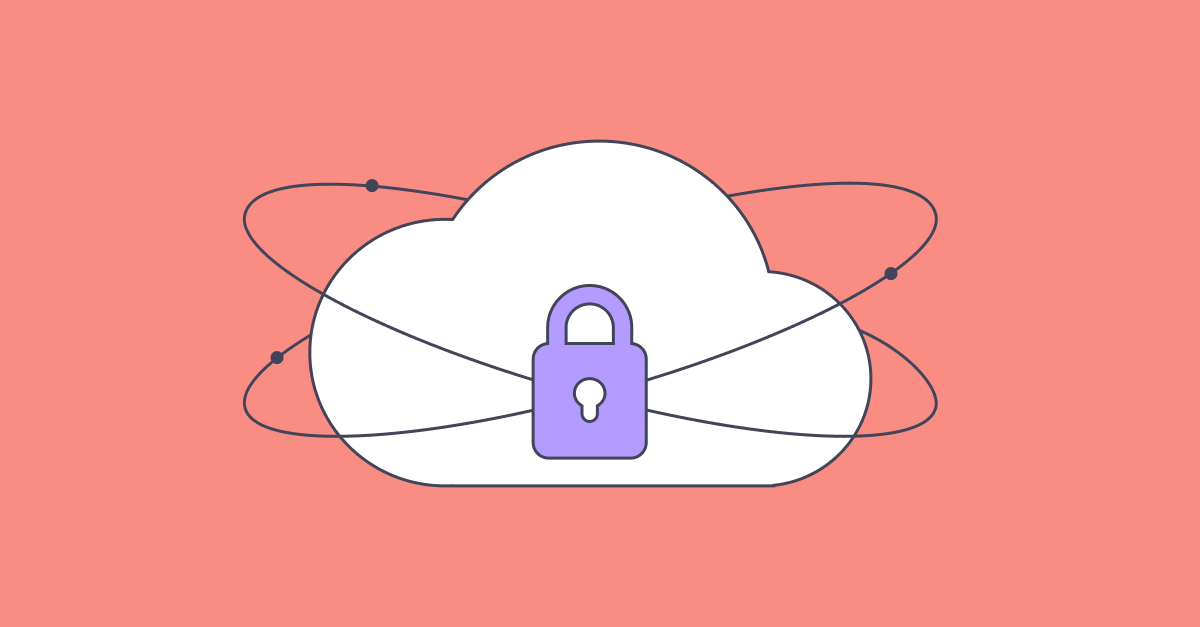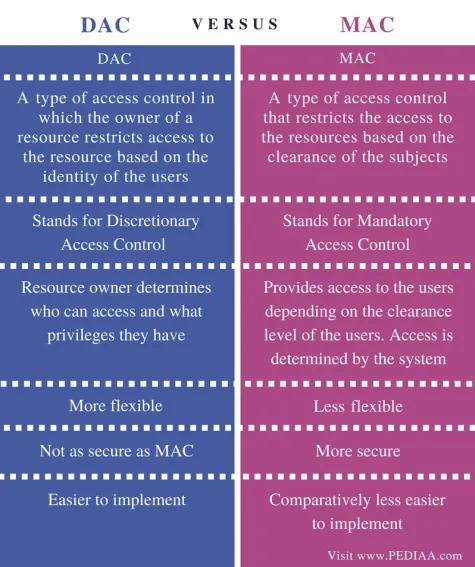Most enterprise software today runs in hybrid environments (a mix of on-premises data centers, private and public clouds) with data coming from multiple sources. The distributed nature of this software offers immense benefits in reliability and scalability. Still, it also presents new risks as organizations must manage sensitive and private data like login secrets, database credentials, and access tokens.
Protecting data in the SDLC requires a sophisticated access control policy to minimize the impact of data leaks in case of a security breach. Access control can be implemented and maintained in various ways, including the Mandatory Access Control (MAC) model.
In this article, you will learn what a Mandatory Access Control model is and its benefits. We’ll also guide you on how to implement it correctly in your organization.
What is a Mandatory Access Control model?

A Mandatory Access Control (MAC) model is a security model that enforces a strict set of rules to determine who has access to certain resources.
A MAC model determines access to resources using a hierarchical structure. It compares the security label of the user requesting access against the security label of the resource. Access is denied if the user’s security label is lower than the resource’s security label.
MAC is often used in sensitive environments such as military and government organizations, where strict control over access to resources is necessary. There are two main types of MAC:
Multilevel Security Systems
As the original form of MAC, a multilevel security system consists of a vertical structure of security levels. It protects sensitive information by assigning different levels of security clearance to users. Those with higher levels of clearance can access more sensitive information, whereas users who have lower levels will be restricted.
Multilateral Security Systems
Multilateral security systems grant access based on segments organized into groups. These groups consist of security levels and code words, creating a horizontal security system with additional vertical security levels.
Mandatory Access Control (MAC) vs. Discretionary Access Control (DAC)
In a MAC system, access to resources is determined by centrally-defined rules that users cannot override. Access to resources is strictly controlled and cannot be changed by individual users.
On the other hand, DAC is a security model where the resource owner determines its access. In a DAC system, owners can control who has access to their resources and their access level.
One key difference between MAC and DAC is that MAC is considered a more secure model because individual users cannot change access to resources.
Do you need a mandatory access control model?
It is rare to see private organizations implement MAC due to the complexity and inflexibility of such a system. As you read earlier, MAC is often used by public sector institutions like the military, government organizations, and law enforcement. But this doesn’t mean private organizations do not need MAC – a well-executed MAC model offers a high and granular level of security, despite being expensive and challenging to set up.
You could use MAC with other access control models for a more flexible and cost-effective solution. For example, combining MAC with the Discretionary Access Control (DAC) model. You can use MAC to secure sensitive data, while DAC will allow coworkers to share data within the organization’s filesystem.
What are the benefits of mandatory access control?
- Centralized control: MAC allows security administrators to define and manage access policies centrally, ensuring that they strictly control access to sensitive information and that all access decisions follow established security policies.
- Fine-grained control: MAC restricts access to specific resources or actions based on various criteria, such as user identity, role, and location.
- Improved security: Because MAC policies are enforced by the system itself (rather than relying on users to make access decisions), MAC prevents unauthorized access to sensitive information and reduces the risk of security breaches.
- Enhanced compliance: MAC can help organizations meet regulatory and compliance requirements by providing a systematic and auditable approach to managing access to sensitive information.
The Essential Guide to Correctly Implementing a Mandatory Access Control Model
Implementing a MAC model can be a complex process, but there are key steps you can follow to ensure a successful implementation:
1. Create an Implementation Timeline
A huge amount of administration is involved when you are implementing MAC, so create a realistic timeline and budget for the project and decide who will manage it. The timeline should consider the factors like the scope of the project and which systems MAC will protect.
2. Develop a Comprehensive Security Policy
Before implementing MAC, you should develop a comprehensive security policy that outlines the principles, rules, and procedures for managing access to sensitive information. The policy should consider your organization’s business goals, security requirements, and regulatory obligations.
3. Define Access Control Rules and Assign Permissions
The next step is to define the specific access control rules you will use to enforce the security policy. It would help if you based the rules on how private the data in question is and who needs access.
To define these rules, you should assign security or clearance levels to users and security labels to the system’s resources (such as files or databases). Therefore, users can only access resources that correspond to a security level equal to or lower than theirs in the hierarchy, which prevents unauthorized access to sensitive information.
4. Choose a MAC Model
Now you’re ready to choose a MAC model. Here are two of the most widely used models:
- The Bell-LaPadula model: This model follows the “no read up, no write down” principle. This principle states that users at a higher security level can only write at that level and not lower, although they have permission to read at lower levels. To learn more about the Bell-LaPadula MAC model, check out this resource.
- The Biba model: This model is the inverse of Bell-LaPadula – it follows “no read down, no write up.” Users can read the information at a lower security level than theirs or write information at a higher security level than they have access to. There’s more info about the Biba model in this resource.
5. Implement the MAC Model
Once you have defined the security policy, access control rules and chosen a MAC model, you can finally start the implementation phase. This implementation may involve installing new software and/or hardware, configuring access control settings on existing software, and training users on using the system.
6. Monitor and Maintain the MAC Model
The final step in implementing MAC is to monitor and maintain the system to ensure it continues to operate effectively. You can make any necessary updates or changes to the security policy and access control rules at this stage, including:
- Reviewing access logs
- Conducting audits
- Providing ongoing training and support to users
How can DevOps engineers manage MAC?
Recently, access control has become more programmatic (e.g., API access, SaaS access). While access control is a primary concern for security professionals, DevOps engineers are increasingly involved in MAC during their quest to take a shift-left approach to security in the SDLC. DevOps engineers look for a helping hand with access control and other security protocols by adopting tools like OX Security.
OX Security helps integrate developers into the security cycle earlier without requiring them to change their development approach. With OX, developers can orchestrate DevSecOps activities and maintain software pipeline integrity from a single location, giving you full visibility over your security posture.
Try it out for free today.





